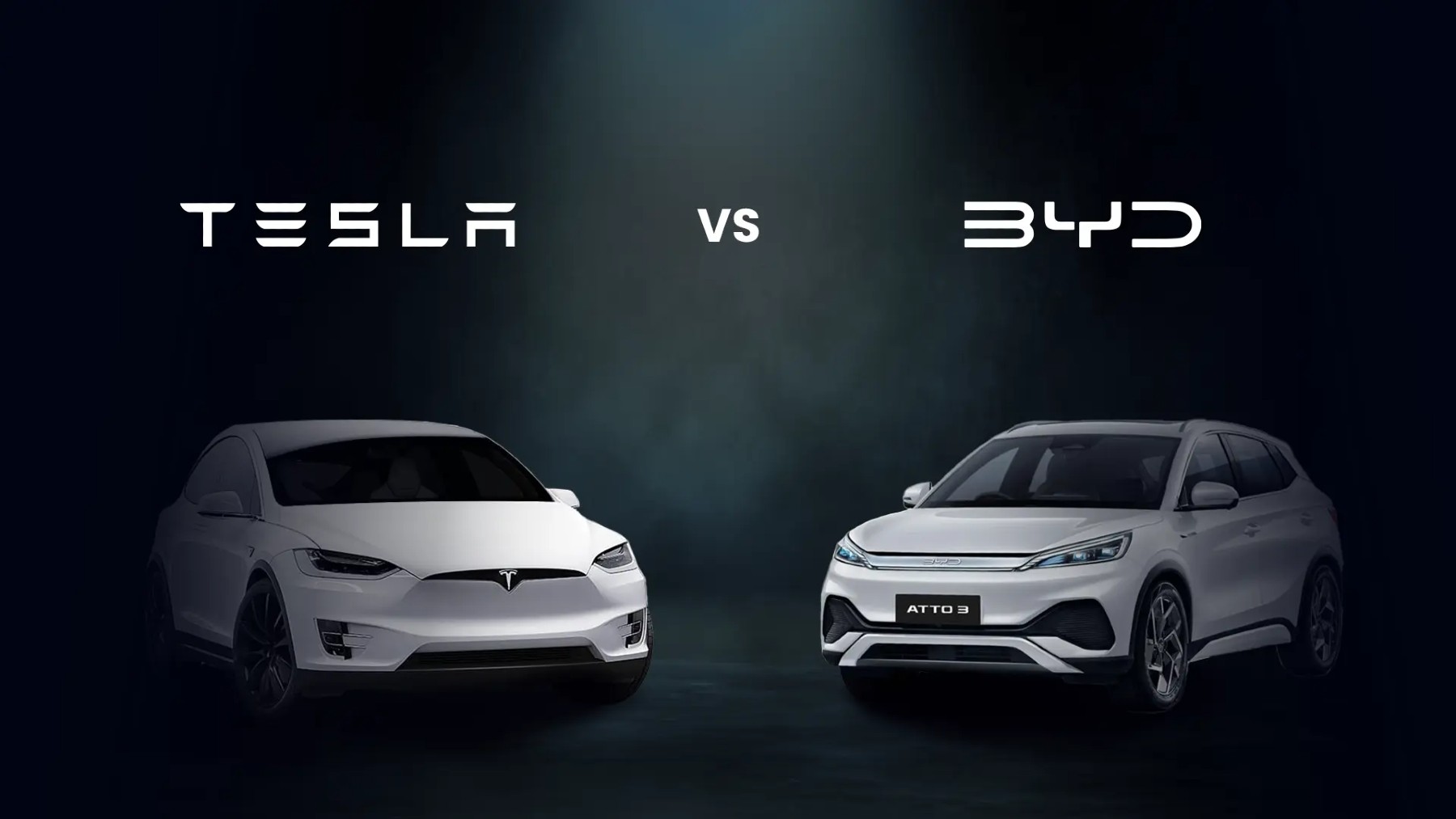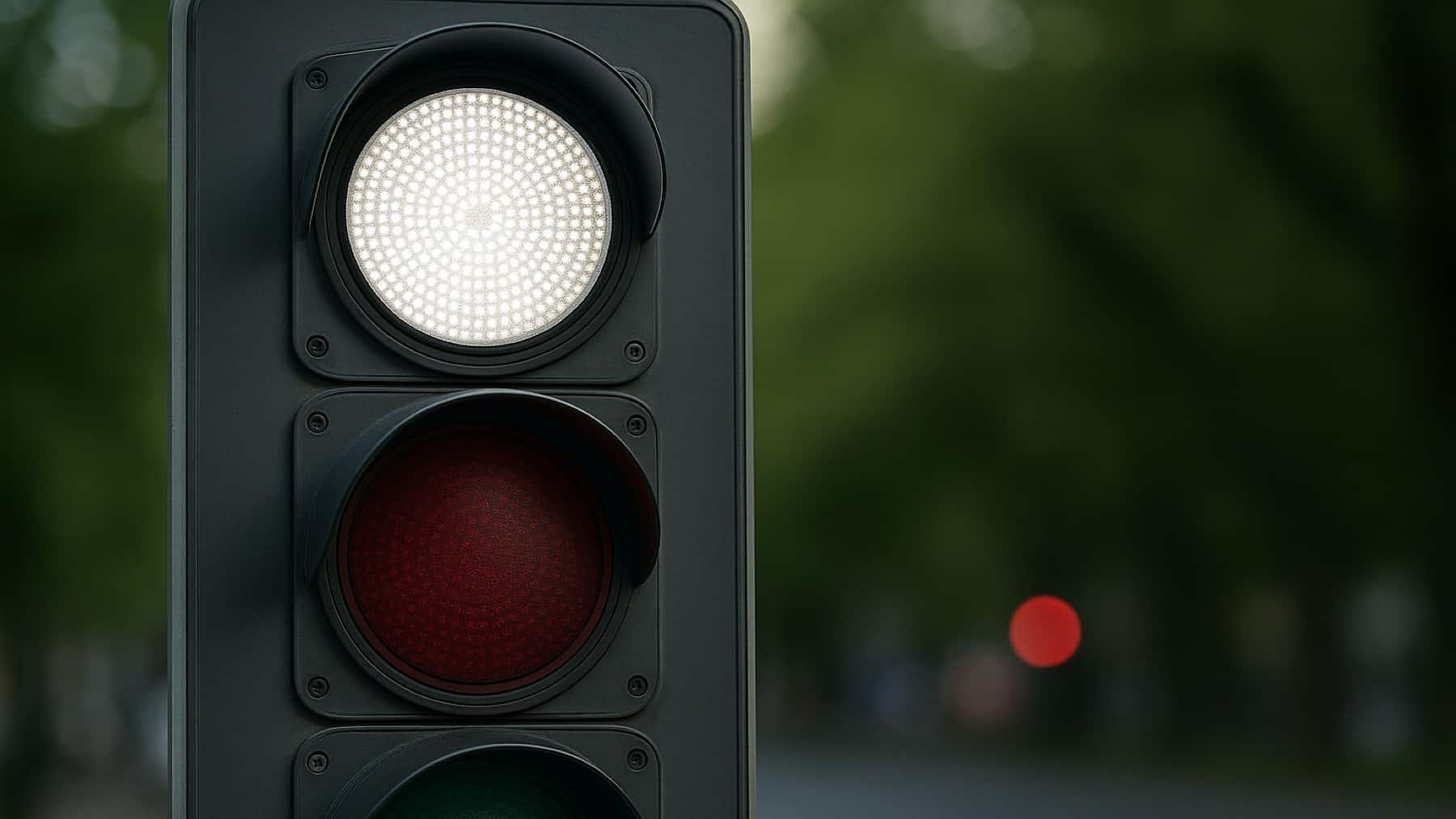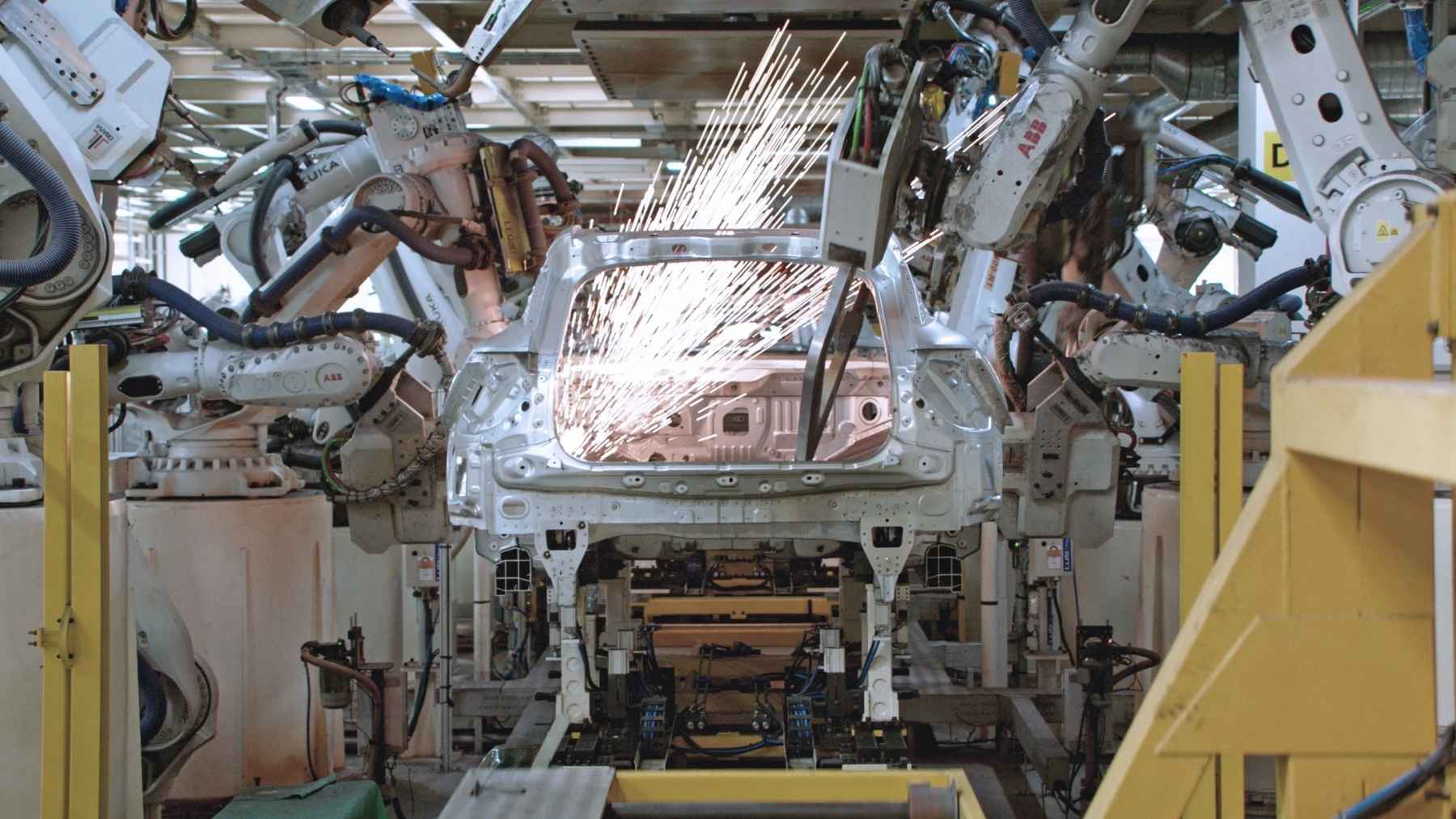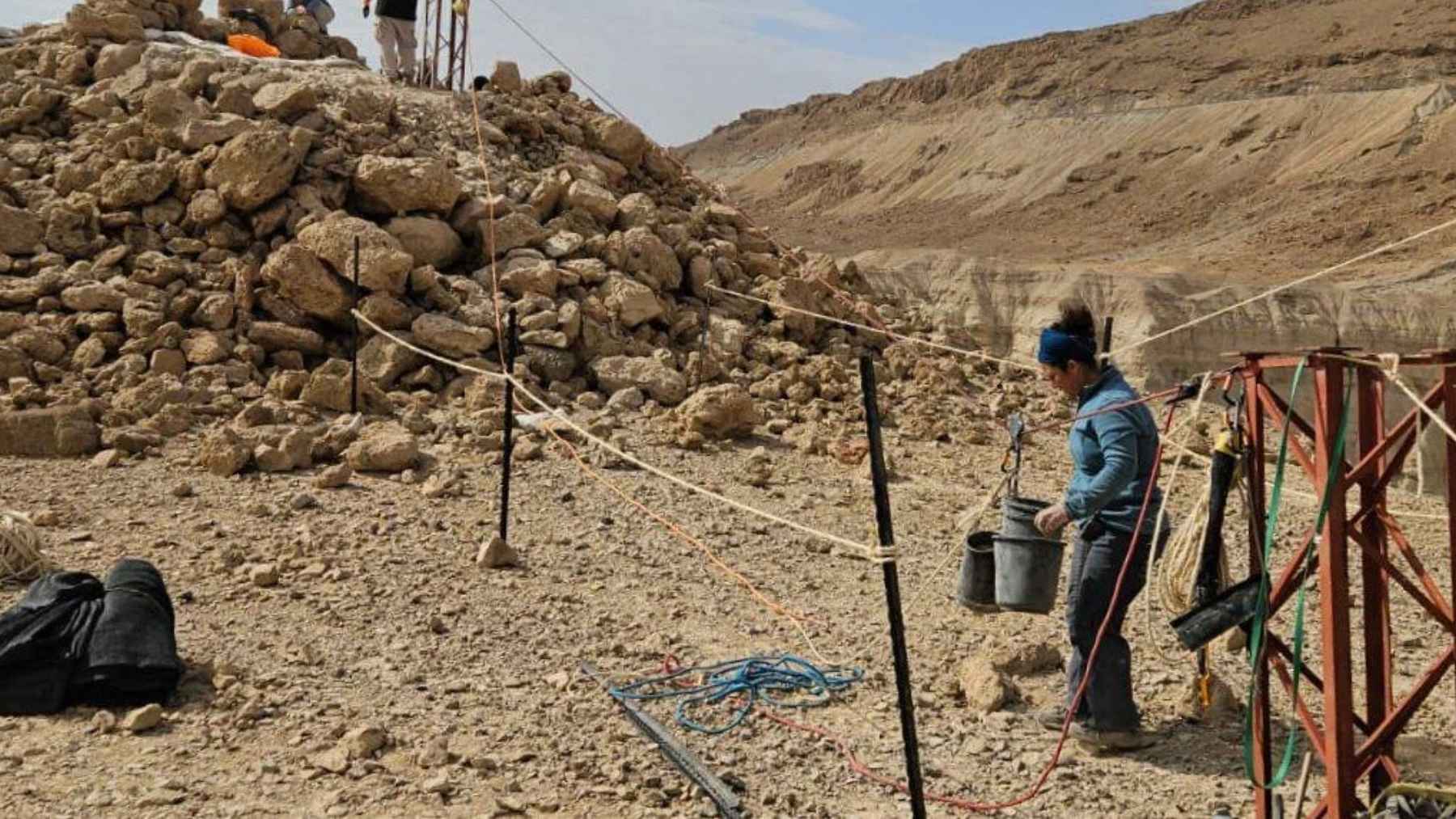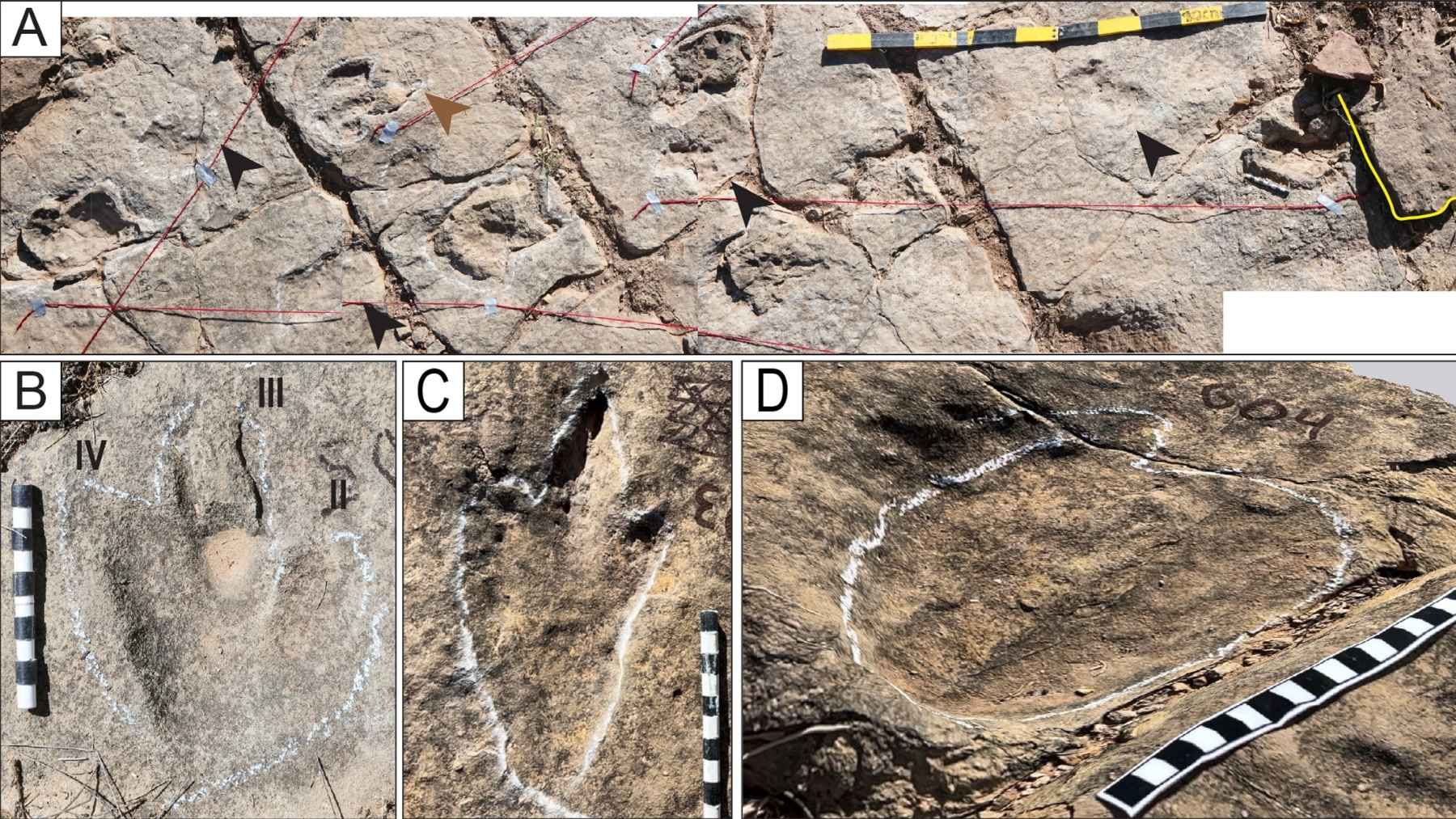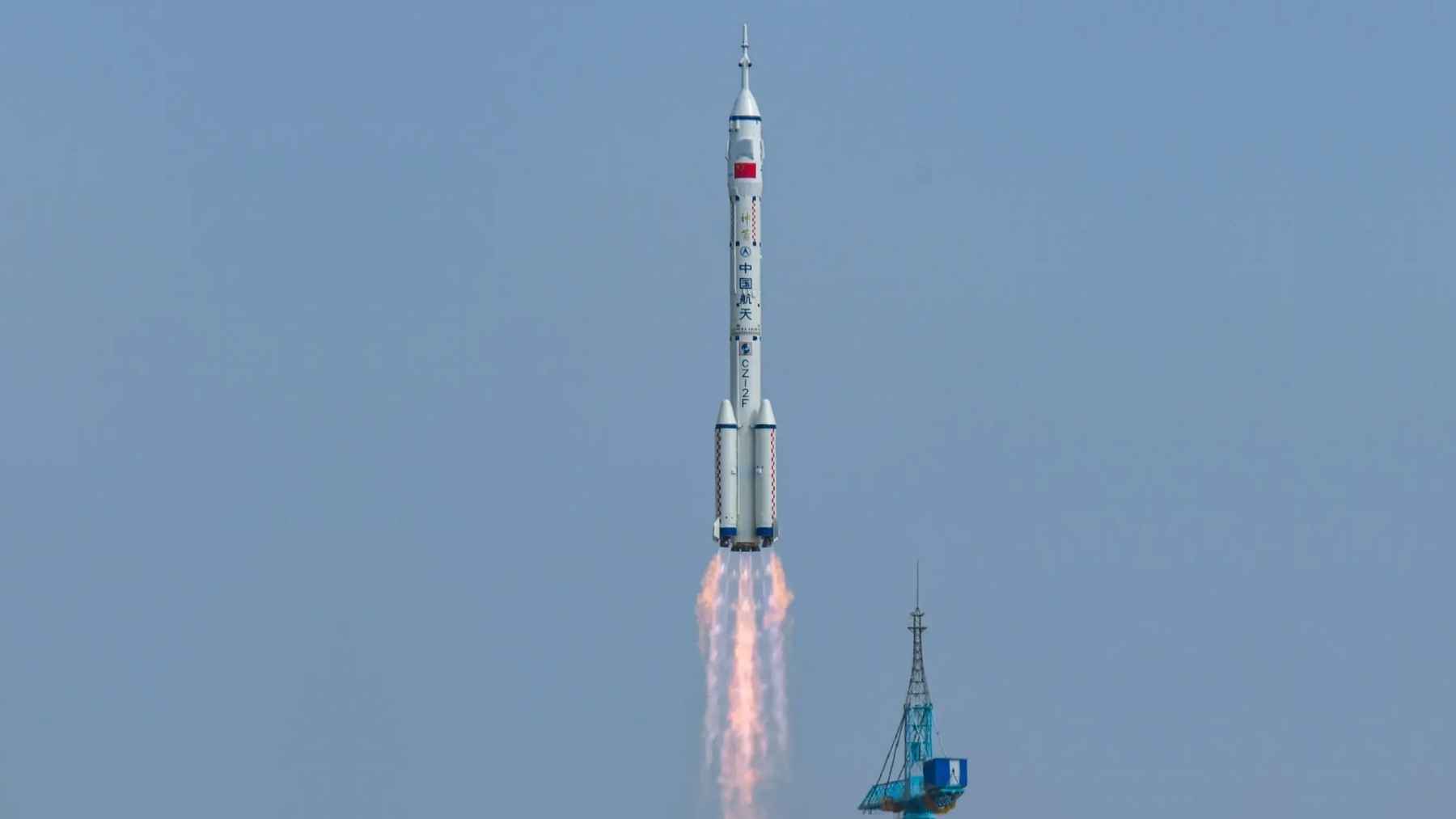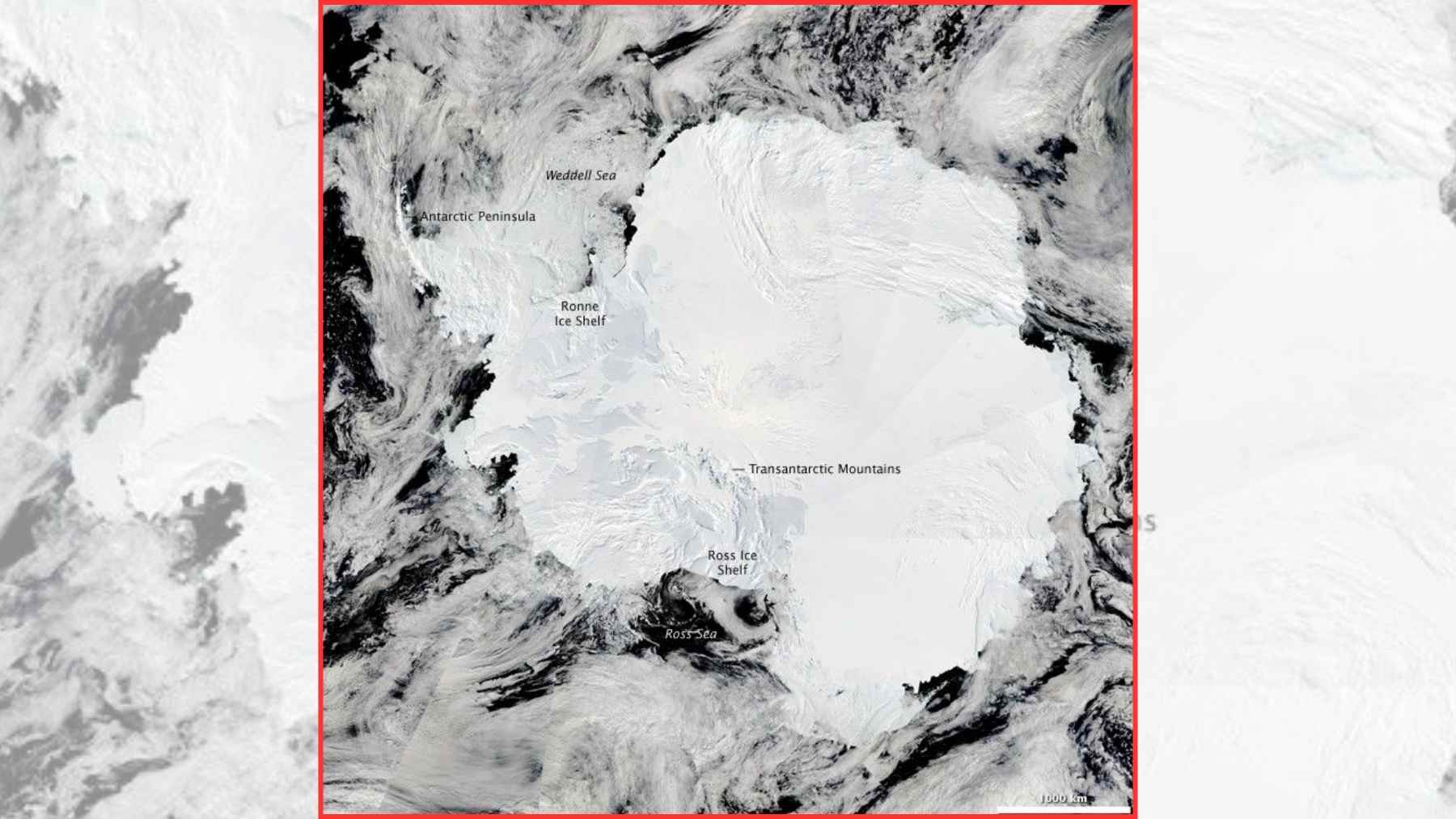Tesla and BYD have emerged as pioneers of EVs, with high-capacity battery technologies riding the electrification wave in recent years. However, hydrogen hypercars such as Hyperion’s XP-1 can be seen as a sign of the new generation of cars.
To remain competitive and in pace with the hydrogen-savvy initiatives unveiled by car manufacturers like Toyota and Hyundai, Tesla and BYD may have to start building hydrogen fuel cell vehicles (FCVs).
This transition would go a long way in expanding the zero-emission technology portfolio to avoid being outcompeted in the ever-shifting energy market.
The competitive edge of hydrogen hypercars that Tesla and BYD must consider
Hyperion’s XP-1 hydrogen hypercar is a new competition for battery-only EVs. The fuel cell powertrain has benefits such as refuel time, weight, and range compared to XP-1. These benefits demonstrate hydrogen as a viable energy source for producing performance-oriented automobiles.
While battery electric vehicles (BEVs) can take several hours to recharge, hydrogen FCVs such as the XP-1 can be refueled in three to five minutes, the same as conventional internal combustion engine vehicles.
XP-1 has a range of approximately 1000 miles, which will impact the expectation of future green vehicle capabilities and will probably put pressure on Tesla and BYD to think of hydrogen.
Breaking down the barriers: infrastructure challenges for hydrogen adoption
The problem which prevents hydrogen technology from being used is the absence of infrastructure. The high-performance capacity feature is seen in the XP-1, but without hydrogen refueling stations, the technology may not find a strong market among consumers.
Currently, hydrogen stations can be found mainly in certain regions, for instance, California only, and there are less than 59 hydrogen stations throughout the US. Tesla and BYD cannot adopt hydrogen technology since it requires significant infrastructure development.
Hyperion has gone to great lengths with its Hyper-Mobile Stations. That could be a strategy other car manufacturers could adopt as they seek to support hydrogen vehicles in areas with charging infrastructure.
Hydrogen and battery technologies: the ultimate showdown for a sustainable future
Hydrogen and battery technologies offer distinct advantages in the quest for carbon neutrality. While BEVs have successfully entered the mainstream market, they have limited range and refueling speed, which may not suit all users.
Hydrogen FCVs, in contrast, can reach impressive speeds and offer lighter, more agile builds, as demonstrated by the XP-1, which weighs just over 2,000 pounds due to its use of supercapacitors and carbon-fiber materials.
This weight reduction allows for better handling and speed, with the XP-1 reaching 0-60 mph in approximately 2.2 seconds and a top speed of over 220 mph. Integrating hydrogen technology for Tesla and BYD could offer a viable path to overcome battery-powered vehicles’ inherent weight and charging limitations.
It would be more than a business decision for Tesla and BYD to enter hydrogen technology; it would be a change in green transportation strategies. Both companies could contribute a lot of knowledge about battery development and electric drive, as well as innovations in the field of hydrogen fuel, improving its characteristics and expanding the sphere of its application.
Hydrogen adds a new perspective to the ZEV. As demand increases, Tesla’s BYD capabilities could translate into new forms of hydrogen-powered production vehicles suitable for the mass market. These companies would lock themselves into the future of clean energy transport and the diversified and sustainable automotive business.
The dawn of a transformative era in clean energy vehicles?
Hydrogen hypercars like the XP-1 are now being released, forcing automotive manufacturers to consider the future of car technology, and Tesla and BYD may have to as well. The capabilities of fast refueling and long-range, high-performing hydrogen vehicles imply a shift in the zero-emission vehicle market, where both battery and hydrogen technologies could address the market needs.
In the case of Tesla and BYD, hydrogen can open innovation frontiers so that the future of transportation can become cleaner and more diverse.
